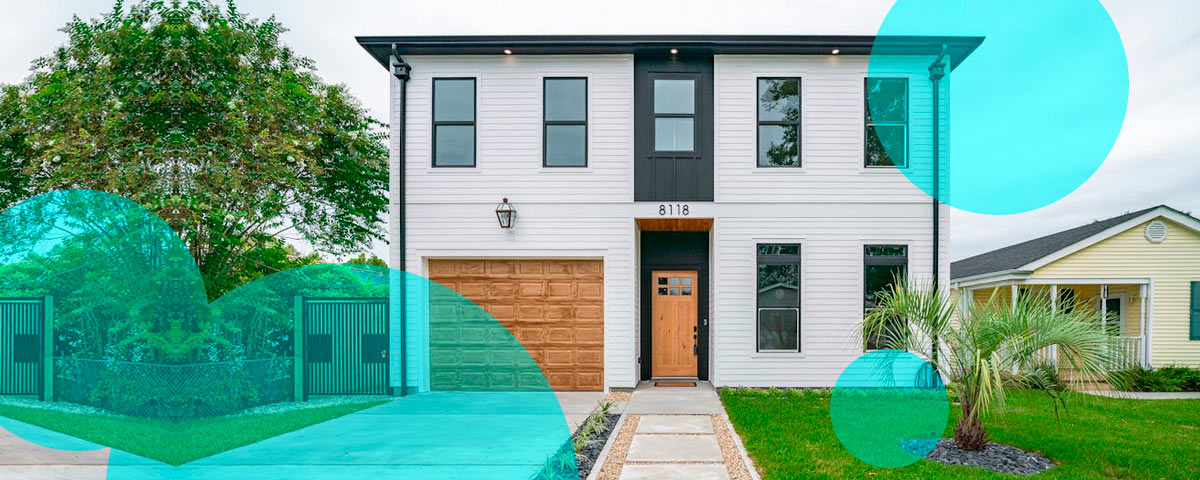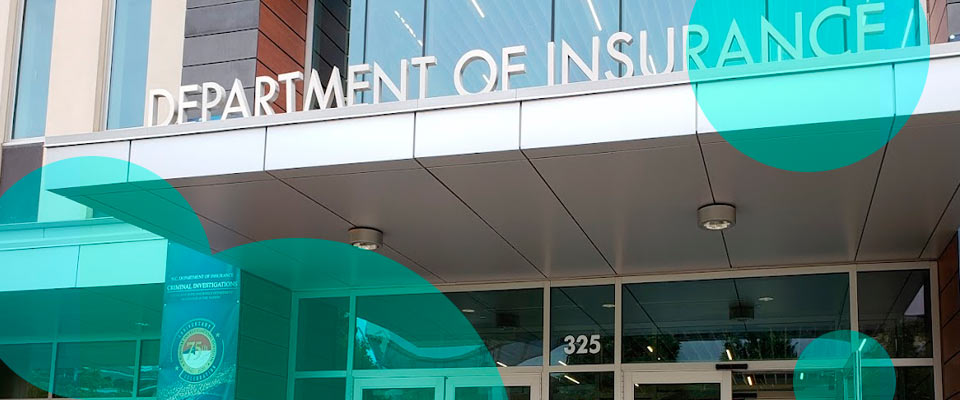Utah homeowners are staring at higher insurance bills this year. More than 20 double-digit rate increases cleared regulators, with some blowing past 25%.
Utah historically avoided catastrophic property losses. But population growth, sprawling new development, and homes edging into more vulnerable zones are changing the calculus.
- Central Insurance Co. clocked a 35.3% hike.
- Rock Ridge Insurance Co., part of Clear Blue, came in at 34.7%.
- CSAA Fire & Casualty pushed through 26%.
- Other large players kept pace, including American Family with hikes at 10.4% and 14.4% across subsidiaries, and Allstate with a 10.7% climb.
Tech companies keep pouring into the Wasatch Front, fueling the “Silicon Slopes” boom. Builders are stretching from the flats to mountain slopes. Residents want second homes in Park City or hillside retreats near Salt Lake City.
The wildfire risk keeps creeping closer. Nearly 1,100 fires burned 164,600 acres in Utah this year through Oct. 8. It’s about one-third the burn area of California, a much larger state, but still significant.
The Monroe Fire alone torched almost 74,000 acres, destroying seven cabins and homes. Gov. Spencer Cox declared a 30-day emergency in late July as conditions escalated.
To get ahead of what Colorado and Arizona already face, Utah lawmakers passed HB 48 in March.
Effective January, the law sets standards and fees for the wildland-urban interface. Insurers must disclose when they raise premiums more than 20% or stop coverage altogether.
Property owners will pay into a wildfire fund, first based on square footage, then, starting 2028, factoring in state risk assessments.
Industry voices say the shift is clear. “Residential areas were more compact, now they’re spreading to mountainsides,” said Paige Clevenstine, vice president of private risk solutions at Lockton Cos.
Residential areas were more compact, now they’re starting to spread from the flats to mountainsides. Insurers are very mindful of their appetite for risk.
She pointed to new wealth moving in, larger and custom homes built in remote spots, and carriers tightening their appetite for risk. The pattern mirrors luxury property growth seen in Vail and Aspen.
According to Clevenstine, high net worth and ultra high net worth property insurance in Utah is expanding fast. Many new residents bring specialized trades and imported materials.
Builders are also weaving risk mitigation into design – fire-resistant materials, strategic layouts near forests, and access planning for emergency crews.
Still, Utah premiums remain among the lowest in the country. “It’s wind, but not destructively windy,” said Melanie Johnson, CMO of Leavitt Group, a Cedar City-based broker.
Tornadoes are rare. Severe convective storms like those pounding the Midwest haven’t hit. That’s kept insurers interested even while they pump the brakes on states like California and Texas.
Price sensitivity in Utah is strong. Johnson said shopping spiked when the COVID years drove premium hikes. She also noted changes in roof terms to prevent homeowners from treating insurance like routine maintenance.
Another problem: wildfire risk scoring. Carriers often rely on ZIP-code-level models, which she says can be blunt instruments that knock out otherwise solid properties.
That’s where HB 48 could matter. The new system funds more precise property risk assessments and, regulators hope, a way to align rates closer to actual on-the-ground conditions.
For now, though, homeowners across Utah are watching insurers raise the cost of protection, even as the state insists its market remains healthier than its neighbors’.









